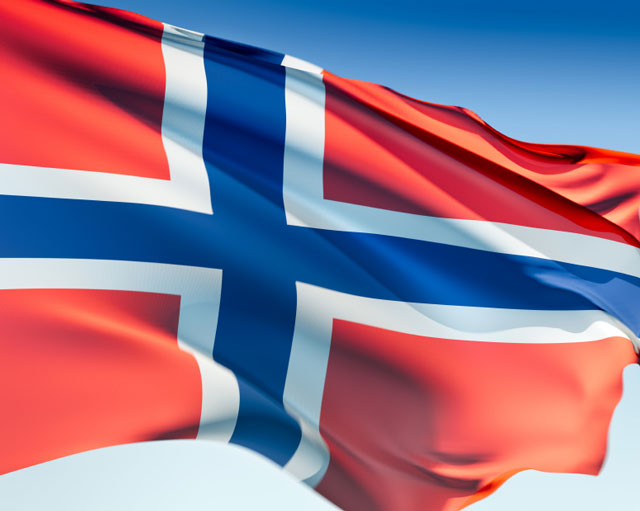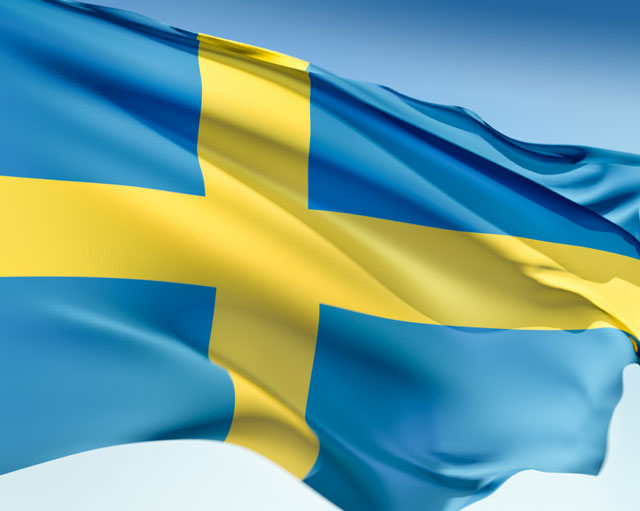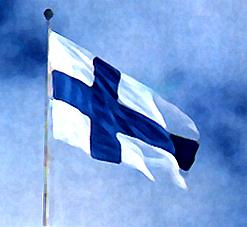Harmony of Life
“Karena bagiku hidup adalah Kristus dan mati adalah keuntungan.” Filipi 1:21
Filsafat Musik
December 7, 2008 by Henda Febrian
Filsafat menuntun pada kearifan (wisdom) dalam berpikir dan bertindak secara rasional. Musik sebagai seni mampu mengungkapkan hal-hal yang tidak dapat diekspresikan dengan kata-kata, ataupun oleh jenis seni lainnya – musik lebih mampu dan lebih ekspresif dalam mengungkapkan perasaan daripada bahasa lisan dan tulisan; sebab bentuk-bentuk perasaan manusia jauh lebih dekat atau sesuai dengan bentuk-bentuk musikal. Musik menanamkan dalam jiwa manusia perasaan dan budi yang halus (etika). Karena musik, jiwa mengenal harmoni dan irama (ritme), keduanya adalah landasan yang baik untuk menghidupkan rasa keadilan. Tetapi dalam pendidikan musik, harus dijauhkan lagu-lagu yang melemahkan jiwa serta mudah menimbulkan nafsu yang buruk. Seni musik dan sastra sangat berkaitan erat, juga musik merupakan bahasa filsafat. Mengapa seseorang menciptakan sebuah karya, bukankah ia tidak menciptakan unsur-unsur dari karya ciptaannya? – seperti bahasa, kata-kata, nada, ritme – Semua unsur tersebut sudah ada, dan ia hanya merangkainya menjadi suatu karya seni hasil ciptaannya. Ciptaan inilah yang sering menimbulkan persoalan filosofis.
Bangsa Yunani
Seni musik sangat penting, orang berpendidikan tinggi dan berbudi luhur disebut orang yang musikal.
Plato 422-347 SM
Musik adalah karya seni yang baik dan tinggi nilai estetikanya. Anak harus dibekali pendidikan musik, karena (1) musik merupakan seni surgawi yang mampu menyentuh perasaan dan (2) musik adalah pedoman karena syairnya dapat berisi pesan, perintah dan isyarat tertentu. Pendidikan musik dikatakan berhasil jika mampu membentuk siswa menjadi orang yang tahu mencintai keindahan. Musik mampu membuat suatu negara memiliki kekuatan yang besar serta kejayaan, sebaliknya musik juga mampu mendorong kejahatan dan meruntuhkan pemerintahan. Masyarakat yang bermoral rendah memandang musik hanya sebagai sarana hiburan dan alat bersenang-senang.
Aristoteles 384-322 SM
Musik berguna bagi pendidikan, politik, kenegaraan, hiburan dan alat terapi kesehatan. Karena musik adalah curahan kekuatan (1) tenaga batin dan (2) tenaga penggambaran – yang berasal dari gerak rasa dalam suatu rentetan melodi yang berirama. Keindahan dapat terjalin ketika ritme, melodi dan harmoni menyatu dalam keteraturan.
Pythagoras 572-500 SM
Musik berhubungan erat dengan matematika, bagaikan dua sisi dari satu mata uang yang sama. Karena alam semesta pun merupakan keseluruhan yang teratur; sesuatu yang harmonis seperti musik. Pythagoras mendapat sebutan sebagai “Peletak Dasar Musik Diatonis.”
Immanuel Kant 1724-1804
Musik adalah bahasa ekspresi manusia yang masih harus diterjemahkan, emosi saja tidak cukup untuk menerangkan musik; oleh sebab itu diberlakukan kaidah-kaidah logis untuk mendasari kesenian. Ada perbedaan yang jelas antara keindahan alam dan estetika (keindahan seni) – musik dikatakan indah bila memiliki bentuk saling mempengaruhi nan harmonis antara imajinasi dan pengertian. Seni yang indah adalah seni dari seorang jenius, seni dari ahli pikir.
Wagner 1813-1883
Musik adalah abadi karena bersifat cita-cita dan tak terhingga sebab musik adalah puisi bunyi – yang mengawali penciptaan ide-ide musikal selanjutnya.
Friedrich Nietzsche 1844-1900
Hanya musik yang memberikan arti dalam hidup manusia. Musik dapat menjadi tempat pelarian sementara manusia dari kenyataan hidup.
Georg Wilhelm Fredrich Hegel 1770-1831
Tuhan memanifestasikan diriNYA ke dalam alam semesta, sedangkan seni memanifestasikan dirinya ke dalam bentuk keindahan. Jiwa musik lebih dominan daripada unsur-unsur realitas yang nampak – seperti komposisi musik atau instrumennya. Melalui musik manusia dapat menemukan dirinya yang hilang.
Langer
Estetika merupakan jalan menuju etika. Dengan musik kita mampu mencari diri dan sering menemukan ekspresi diri.
Arthur Schopenhauer 1788-1860
Musik adalah salah satu jalan untuk manusia keluar dari dunia yang penuh dengan penderitaan, sebab manusia hanya memiliki dua jalan yaitu estetis (seni) dan etis (perbuatan baik).
Rangkuman ini diambil dari buku Nada-nada Radikal karya Sukatmi Susantina.
Be the first to like this post.











 Many Christmas traditions practiced around the world today started in Germany. It has been long thought that Martin Luther began the tradition of bringing a fir tree into the home. According to one legend, late one evening Martin Luther was walking home through the woods and noticed how beautifully the stars shined through the trees. He wanted to share the beauty with his wife so he cut down a fir tree and took it home. Once inside he placed small lighted candles on the branches and said that it would be a symbol of the beautiful Christmas sky. Hence, the Christmas tree.
Many Christmas traditions practiced around the world today started in Germany. It has been long thought that Martin Luther began the tradition of bringing a fir tree into the home. According to one legend, late one evening Martin Luther was walking home through the woods and noticed how beautifully the stars shined through the trees. He wanted to share the beauty with his wife so he cut down a fir tree and took it home. Once inside he placed small lighted candles on the branches and said that it would be a symbol of the beautiful Christmas sky. Hence, the Christmas tree.

 Fresh pine trees are too expensive for many Filipinos, so handmade trees in an array of colors and sizes are often used. Star lanterns or parol, appear everywhere in December. They are made from bamboo sticks, covered with brightly colored rice paper or cellophane and usually feature a tassel on each point. There is usually one in every window, each representing the Star of Bethlehem.
Fresh pine trees are too expensive for many Filipinos, so handmade trees in an array of colors and sizes are often used. Star lanterns or parol, appear everywhere in December. They are made from bamboo sticks, covered with brightly colored rice paper or cellophane and usually feature a tassel on each point. There is usually one in every window, each representing the Star of Bethlehem.